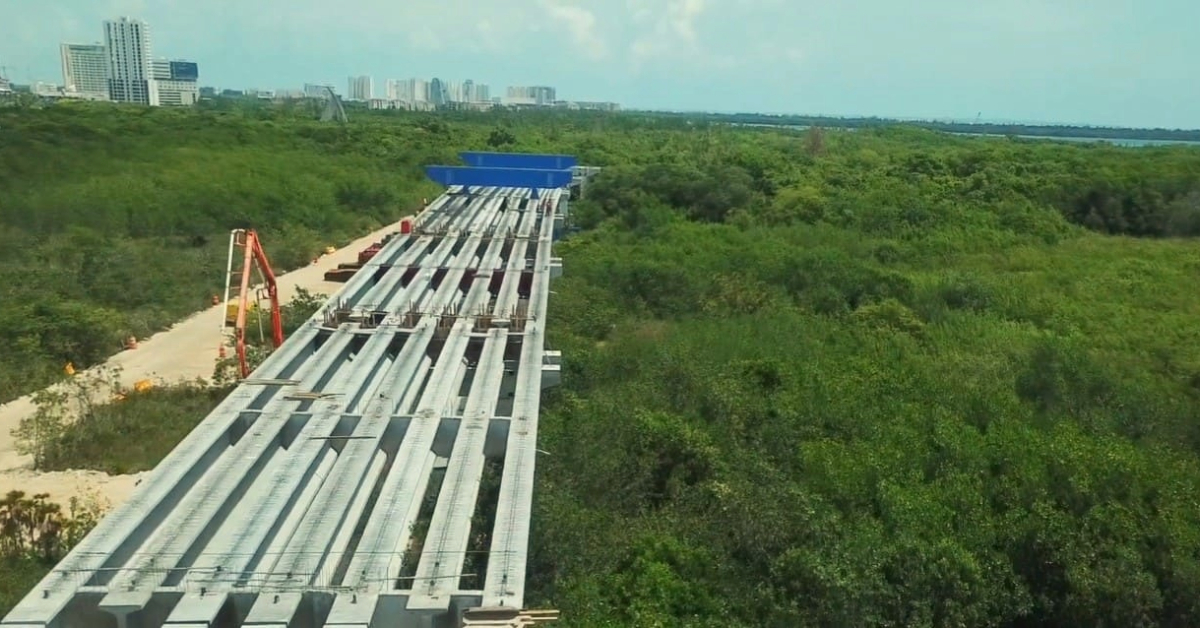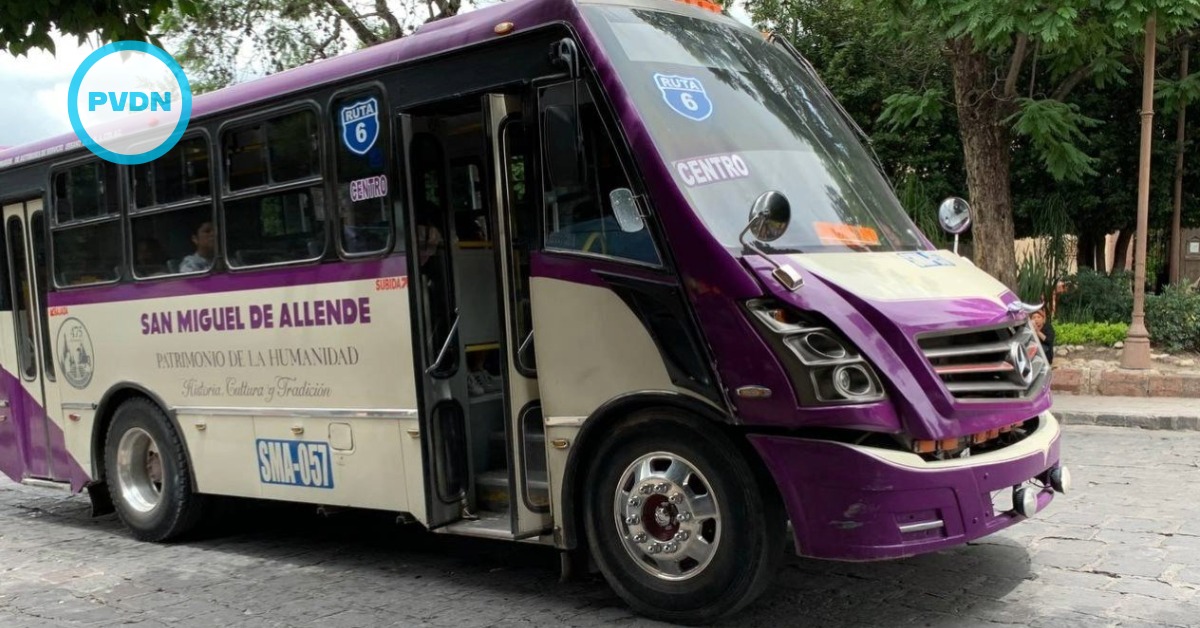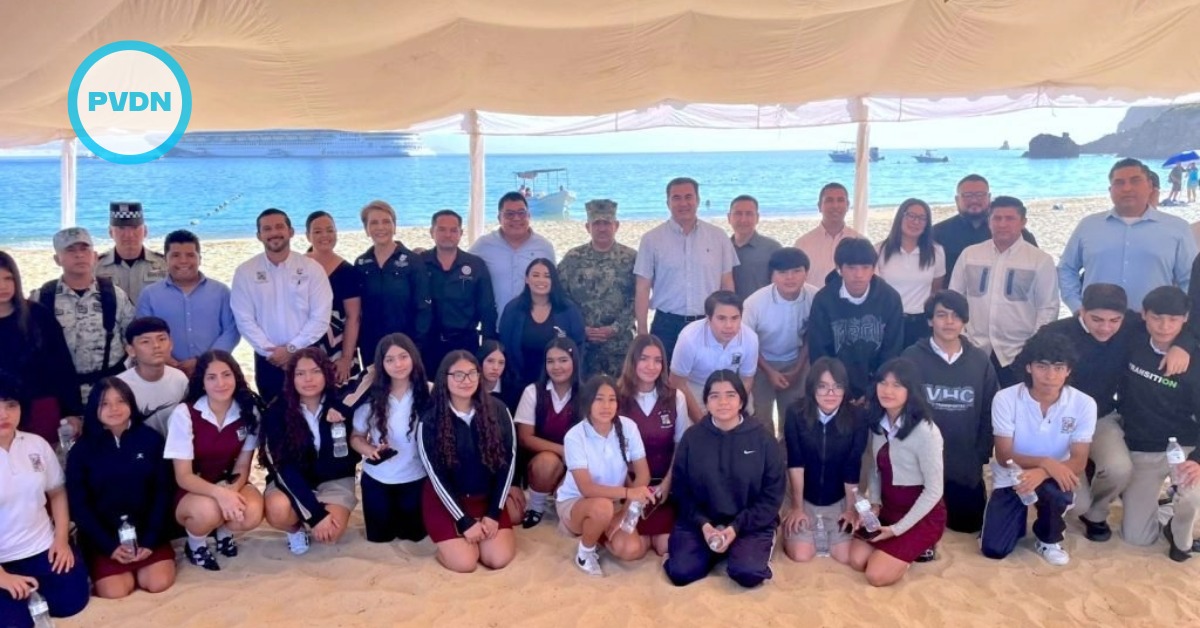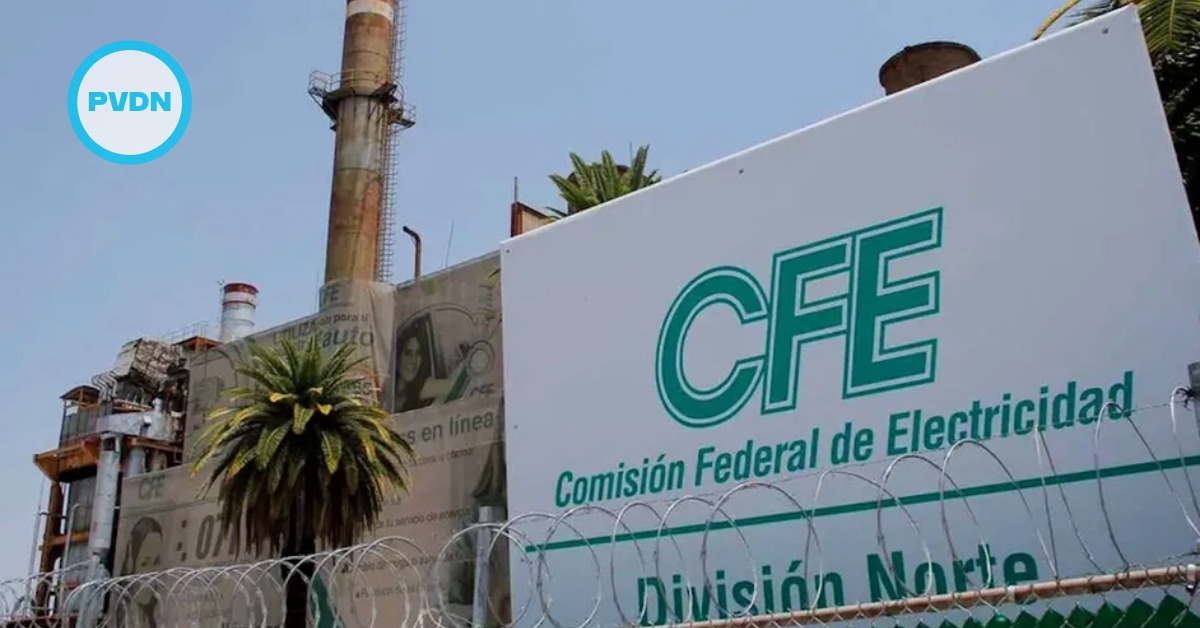The opening of the Nichupté Vehicular Bridge linking downtown Cancún and the hotel zone has been postponed to December 2025, as authorities install upgraded hurricane defenses and carry out rigorous final inspections. (Mexico News) Cancún’s flagship Nichupté Vehicular Bridge—pois…







